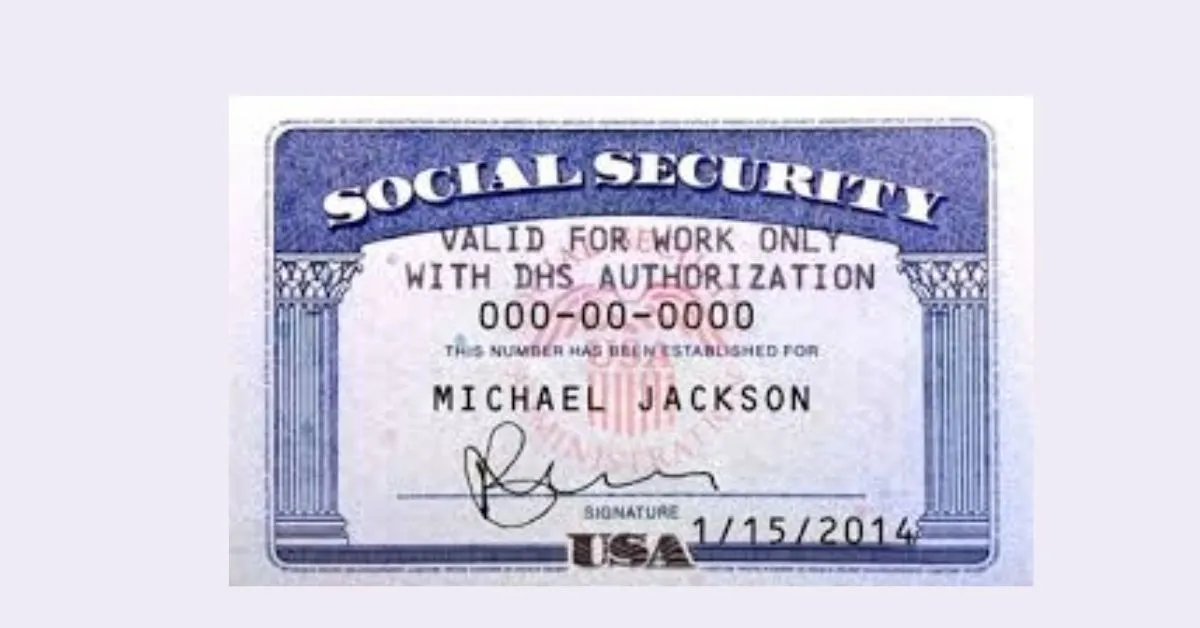Navigating the complexities of tax benefits for education can significantly reduce your financial burden. The IRS offers several credits, deductions, and savings plans designed to assist taxpayers with their educational expenses.
Key Tax Credits
Tax credits directly decrease the amount of tax you owe, potentially leading to a refund if the credit exceeds your tax liability. Two pivotal education credits include the American Opportunity Tax Credit (AOTC) and the Lifetime Learning Credit (LLC).
American Opportunity Tax Credit (AOTC)
The AOTC is available for the first four years of higher education. It covers expenses like tuition, certain fees, and course materials. Notably, if the AOTC brings your tax owed to zero, you might receive a refund of up to 40% of any remaining amount of the credit (up to $1,000).
Note: IRSnews shared a Tweet on 14 May 2024 with the caption” Congratulations HS #ClassOf2024! If you’re headed to college, check out some #IRS tips that can help you or your parents claim a tax benefit”
Congratulations HS #ClassOf2024! If you’re headed to college, check out some #IRS tips that can help you or your parents claim a tax benefit: https://t.co/TfPnkdPp7y pic.twitter.com/9UNEH4koec
— IRSnews (@IRSnews) May 13, 2024
Lifetime Learning Credit (LLC)
The LLC, unlike the AOTC, is not limited to the first four years of post-secondary education, and it does not require a minimum course load, making it suitable for graduate students or those taking professional development courses.
Eligibility for Credits

To qualify for these credits, you must pay post-secondary tuition and fees for yourself, your spouse, or a dependent listed on your tax return. The student must be enrolled at an eligible institution. The credits are subject to income limitations, which phase out at higher income brackets.
Recent Updates:
- IRS Data Book 2023: Transformative Trends and Taxpayer Services Revealed
- IRS is Hiring Economists Across the Country-Apply Today!
Deductions and Savings Plans
Deductions reduce your taxable income, potentially lowering your tax bill. Key educational deductions include tuition and fees deductions and student loan interest deductions.
Savings Plans
- 529 Plans: These plans allow you to save for college in a tax-advantaged way. Contributions are not deductible, but earnings grow tax-free and distributions used for qualified education expenses are also tax-free.
- Coverdell Education Savings Accounts (ESA): ESAs are another tax-advantaged way to pay for education expenses, including K-12 expenditures.
Exclusions from Income
Certain education benefits can be excluded from income, such as employer-provided educational assistance and certain scholarships and fellowships. These benefits are not taxed, provided they are used for qualifying expenses and do not exceed set limits.
Scholarships and Fellowships
Scholarships and fellowships are generally tax-free if used for tuition and other qualified expenses at an eligible institution. The recipient must be a degree candidate.
Additional Tools and Resources
The IRS’s Interactive Tax Assistant tool is invaluable for determining your eligibility for these benefits. Visit the IRS website or consult IRS Publication 970, “Tax Benefits for Education,” which includes detailed examples and a comparison chart of available benefits.
Important Forms and Documentation
To claim AOTC or LLC, use Form 8863, “Education Credits.” Ensure you have the educational institution’s Employer Identification Number when filing.
Conclsuion
In conclusion, understanding and utilizing tax benefits for education can significantly ease the financial challenges associated with higher education.
By taking advantage of credits like the American Opportunity Tax Credit and the Lifetime Learning Credit, along with various deductions and savings plans, students and families can make educational expenses more manageable. Always ensure that you meet the eligibility criteria and have all necessary documentation in order before filing.
For more detailed information and the latest updates on educational tax benefits, be sure to visit the IRS’s official page at Tax Benefits for Education Information Center.
Contents



